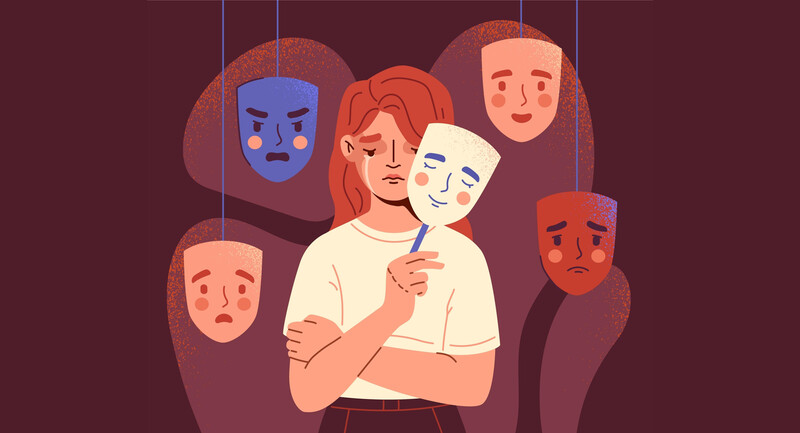Now a celebrated author, highly sought speaker, and founder of the educational consulting firm INK, Manny Scott remembers a childhood that almost didn’t make it past high school. Failing out and crying out from childhood traumas, the murder of his best friend finally pushed him out of school. “Standing over Alex’s body is where I lost hope. If he couldn’t make it out, how could I?” Scott recalls.
Addressing the thousands of educators engaged in his ASCD Empower 18 Sunday evening general session, he said it wasn’t until “several individuals just like you entered my world and showed me that my story wasn’t over. They showed me that what I thought was a period was merely a comma.”
Scott’s talk focused on how educators could reach kids just like him—the one’s on the margins—and inspire and support them to discover the means to their dreams. He summarized his approach with the acronym REACH, which stands for Relationships, Engagement, Awareness, Convince, and Hand.
“Everything we hope to accomplish with young people must pass through the door of relationships,” Scott noted. But how do you build relationships with people who aren’t like you? Scott proposed six steps:
- Begin with openness and be aware that your openness is dependent on perception. Check in and let people know you are open and care.
- When you are open, you are better able to accept people. This means holding someone in high regard even though you see their “issues.” “Your students may be going through something at home, and you’re the first person they can take it out on,” Scott explained. “It takes emotional maturity to meet that with acceptance.”
- Trust is built on the bedrock of acceptance. Your students will trust you when they see that you still care about them, even on their worst days.
- Learn from your students. “If you stop learning today you should stop teaching tomorrow,” Scott acknowledged. Teachers can be humble and recognize likely cultural differences between them and the community they serve. “Recognize that your cultural universe is not culturally universal.”
- In our rapidly changing world, we must interact with people who are culturally different from us. Scott urged educators to suspend judgment of those differences—that is the key to growth and understanding.
- Finally, relationships that cross barriers must include an element of service. How do you help students achieve their personal dreams in your class or school?
With relationships as the bedrock to his approach, Scott laid out the other elements that were essential to rewriting his story as a vulnerable youth. Engagement, or connecting student context to school content. “Don’t coddle them into mediocrity, don’t pity their poverty,” Scott urged. “They can learn; they are just waiting for you to meet them on their level.”
Help students become painfully aware of the imbalances in their lives or powerfully inspired by new possibilities. Then, convince them that they can achieve their dreams. “If you want to change someone’s destiny, you have to change what they believe about themselves,” said Scott. Beliefs are based on references, so if their references are all negative, give them new, positive ones, he continued. Finally, give students a hand. Be prepared to reach out a hand and walk with students as they pursue a better life. “Believe in him until he can believe in himself,” Scott added.
To educate youth today, you must REACH them. If you can do that, then your work, your life, will not be in vain, Scott concluded.








